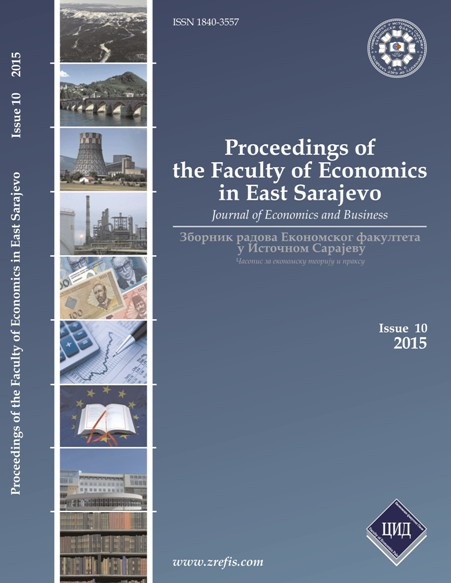MODELING OF SOCIO-ECONOMIC REFORMS IN SERBIA
DOI:
https://doi.org/10.7251/ZREFIS1510025AAbstract
The starting premise of the paper is that for the development of a sustainable recovery of the republic of Serbia one needs to replace the welfare state paradigm with socially responsible state paradigm. The main tasks of the socially responsible state are: (1) Socially acceptable way of dealing with redundant work force, (2) Reduction in the differences of income distribution which are not linked to the manufacturing enterprises, (3) Social Security (pensions, health care, social protection), and (4) Implementation of the National strategy for poverty reduction. In this context, the socially responsible state should cover: (1) Pension system, (2) Health (3) Unemployment insurance, (4) Financial and related support to the poor and the children, and (5) Homes for orphans, disabled and the elderly. The problem of building the model of regulation of social-economic sphere according to the socially responsible state encompasses four dimensions: The first is a determination of the area of activity of the state, as well as the basic principles of how to carry out reforms in the socio-economic sphere. The second is to improve the economic rationality of the structure and quality of social security services on the basis of a compromise between the minimum criteria of the European Union. The third focuses on implementing spatial distribution of regulation functions of the social and economic spheres in four levels (central, regional, sub-regional and local). The fourth is the precise determination of a relationship between the content of the attributes of social, economic and development policies.

